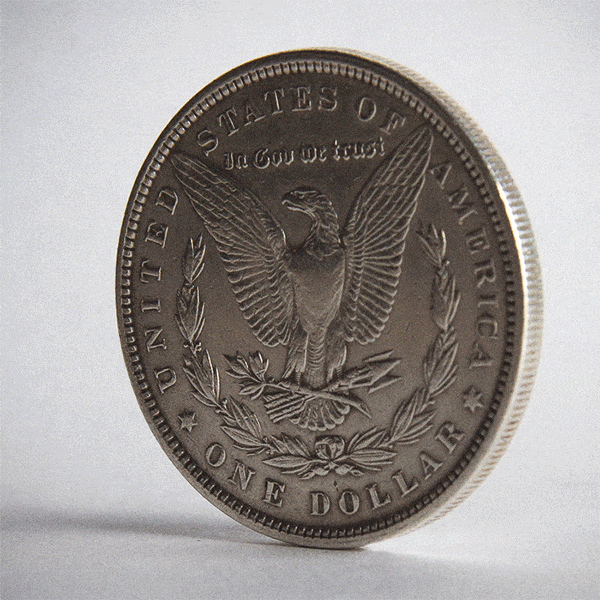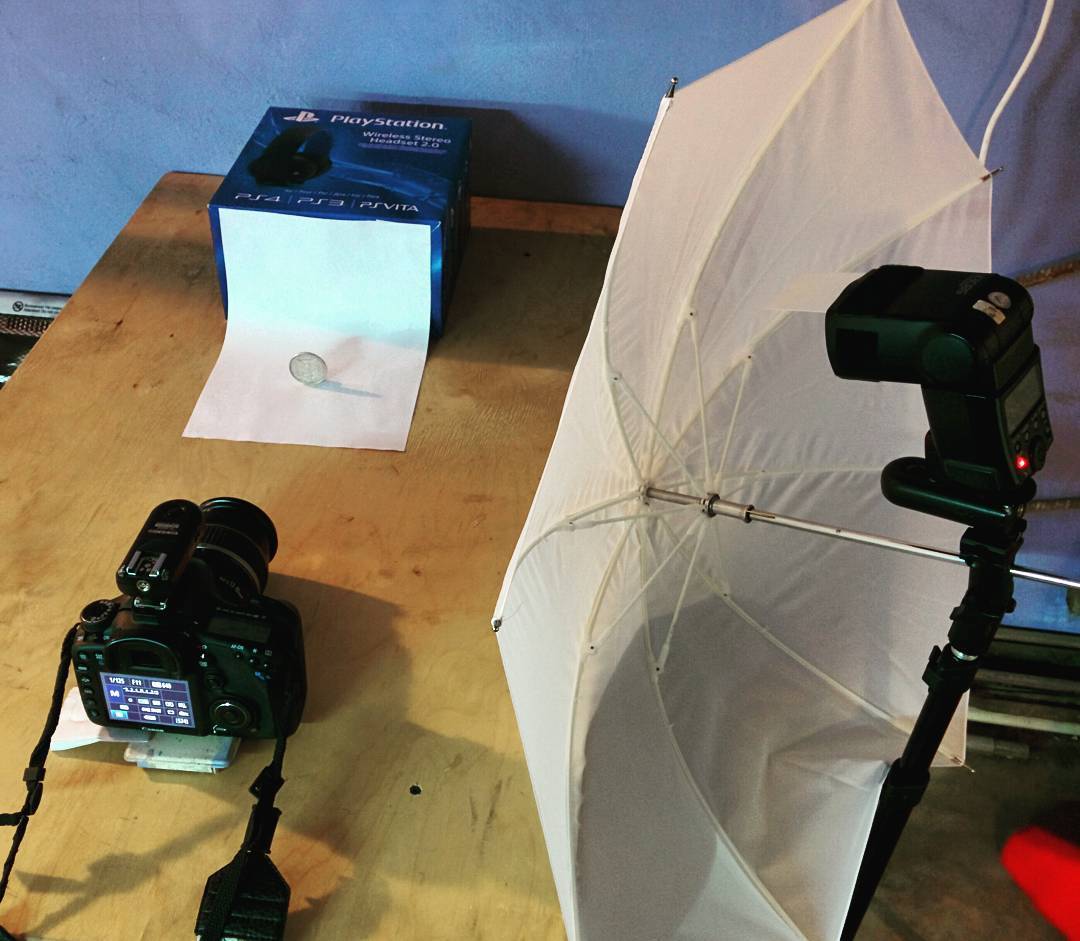Cartesian
Hello, giktaym. Much water has flowed under the bridge since I wrote here last time, almost 8 years ago. But, it so happened that another turn of fate threw me from the Enikeyschik to a jeweler-enthusiast, and now I again have something to tell and share. And also there is something to ask the community, but about everything in order.

The thought of writing me was prompted by the post of a one-year-old prescription about the ring of coins by the author Alizar. And I thought that I could reveal the topic in more detail, from the inside and even adding a bit of geekyness (although I have not yet reached the point of squeezing the electromagnetic pulse, I repent).
So, let’s imagine that we have a coin. Flat, stamped on both sides. And, let’s say, we want to make a ring out of it. At the same time, what is important, preserving the original drawing of the coin. You can act as in that original post – just knock on the edge of the coin with a spoon, flattening the plane into another plane. But at the same time, which is logical, the design is lost. Therefore, it is necessary to include a section of the brain responsible for the topology of objects and go through a complex path of homeomorphism.
Simply put, in the coin, you need to knock out the middle, and bend the resulting washer 90 degrees relative to the main plane, by simultaneously stretching the central area and compressing the outer circle . It looks much clearer here:
Gifka

Actually, for the sake of this gifka I planned this post. For a very long time I went to her – two years, almost. The first thought occurred when I made the very first animation from copper cents and wanted more. But then I did not know how to work with silver coins (they were simply torn because of incorrect annealing). At the same time, American masters made rings from “morgan” to “one-two”, which led me to the idea not to give up trying. After six months with silver I learned to work, but there was a second problem – the size of the coin. For existing at the time technology in my workshop, the coin was too big, 38 millimeters is not a joke. But this circumstance was overcome (the biggest coin with which I was working at the moment is the British crown of 1937, 38.6 mm). The truth to the gypsy was still far away. It’s one thing to learn how to make rings from such a coin, it’s another thing to find the time, place and situation to capture the creation process. I will not paint typical household problems, they all know, but they took a few more months.
And now, a few days ago it finally happened. Three hours of production and filming, five hours of processing and creation, total 8 hours of operation for a 15-second animation. Stunning efficiency. The tag is sarcasm.

As for the technologies themselves in terms of plastic hammer, crossbar, direct hands and such and such a mother. I do not know if it makes sense here to paint it in detail. It is not difficult for me, but is it necessary? Still, the topic is not entirely profile. If it’s really interesting, ask, I will answer with pleasure.
It seems to me that it is much more interesting to ask people and discuss the problem from the title – the transformation of the polar coordinate system into Cartesian. It’s about writing, writing, or taking the ready-made code for the following:
– There is a coin.
– She has a circle pattern on one side.
– It is necessary to cut out the middle of the given diameter from the pattern and pull the remaining washer onto the 3D ring model (break the texture in one place, compress the bottom, stretch the top, polar in the Cartesian)
– Give the user a chance to twist this ring with a texture.
Simply put, you need a designer to which you can upload a coin photo, and get a ring model on the output. The thought of this warms me even more than the creation of the hypha, but so far I have only learned to unfold the texture in Photoshop into a strip, the curvature of my hands exceeds the permissible limit.
Here is a somewhat confused text left, and even realizing That it breaks off on some hypothetical middle, nevertheless, I can not think of how to harmoniously expand it or continue it, although, of course, there is something to be told about. So, I hope, by a good tradition of hiktime, the comments will be no less interesting continuation.








